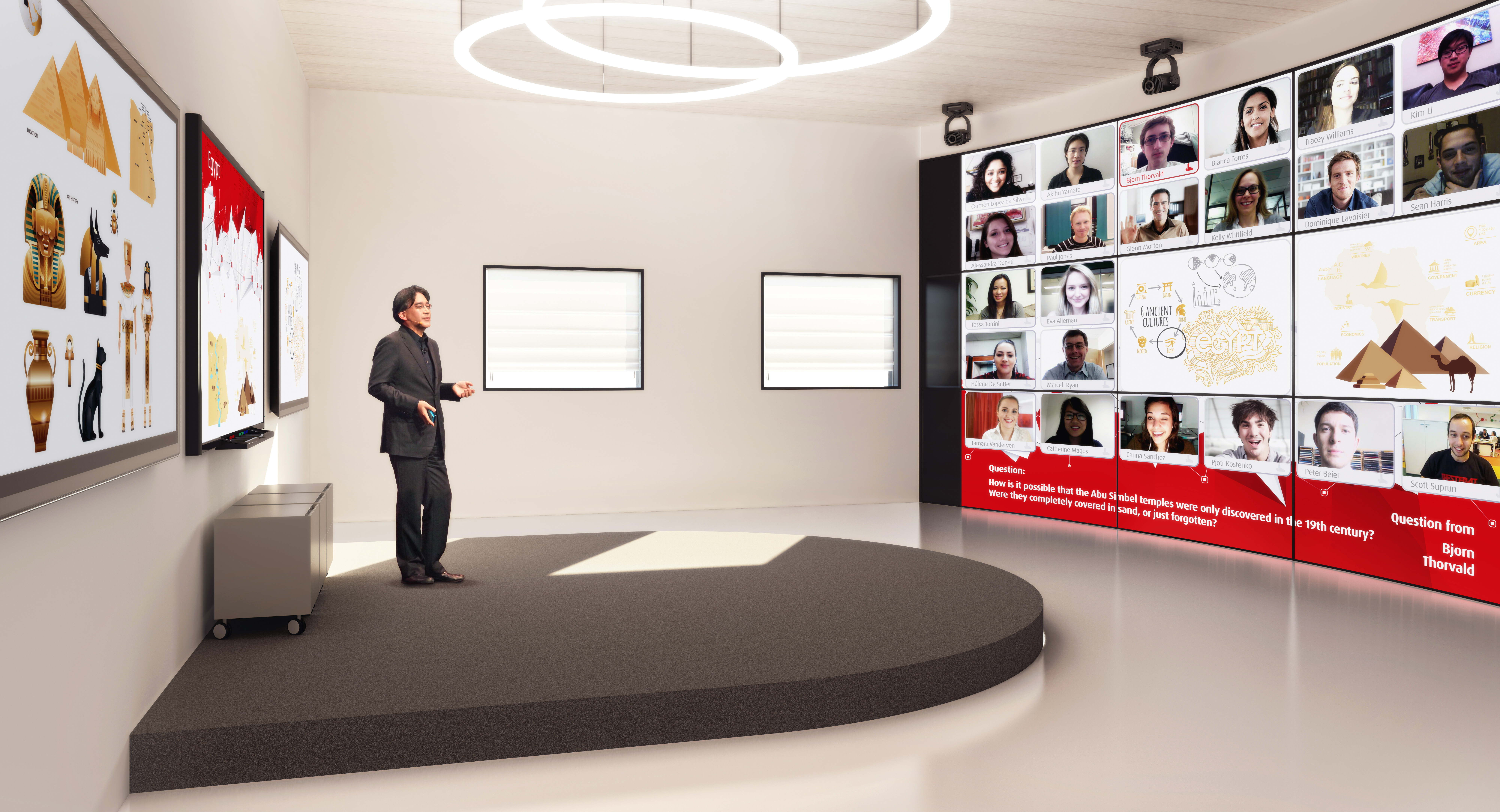
With technology evolving so rapidly, it’s become important to incorporate new elements into the classroom so that children can keep up with the changes – this way, we are helping to solidify an advantageous future for younger generations.
Through innovation and implementation, modern technology has the ability to have a significant impact on how educators and students approach learning – with students of the future experiencing a larger shift.
Let’s take a look at how the classroom of tomorrow will differ from the norm that we are accustomed to.
Personalised Learning
Looking ahead, one aim is to introduce personalised learning, so that students can embark on a learning path that is customised specifically for them. This way, they will be part of a learning environment that supports their goals. The idea is to give teachers access to a student-created “learner profile”. This profile will list strengths, weaknesses, preferences, and goals – information that can be used for a tailored teaching approach.
Virtual and Augmented Reality
Augmented reality will open a world of discovery to students. This technology promises to engage learners with “first-hand” experience on the topics they are learning about. For example, if an art class is studying Michelangelo, they can tour the Sistine Chapel right from their classroom in the heart of Melbourne.
Flexible Assignments
Flexible assignments will allow students to draw up their own understanding of a topic. Essentially, the teacher will convey a message and then each learner will have the opportunity to present the information they have learned in a way that best suits their personality type. This way, teachers can test a student’s competency in understanding the material without limiting feedback to your typical written assignments.
Cloud Computing
When cloud computing is introduced to schools, then the excuse “the dog ate my homework” will no longer have a foot to stand on. Cloud computing is going to alter the way learners and teachers access assignments, documents, lesson plans, and grades. Essentially, it will streamline all administrative processes within a classroom.
At Nvoke, our focus is to make 21st-century technology, solutions, and skills accessible and affordable to our future leaders and partnering schools. We have done this by creating a portfolio of products that give teachers and students the tools that they need for modern-day learning. Our portfolio features:
● Bulb App Digital Portfolio – This web-based software offers students and teachers a hub where knowledge can be shared and assessed. Here, users can share ideas, demonstrate growth, and reflect on learning material.
● weConnect – This cloud-based solution developed by the world-leading AV tech company “Barco” and tailored to the education industry, enforces collaborative learning for educators and students and features real-time connectivity and interactivity. weConnect creates an engaging learning environment where everyone has the opportunity to “land on the same page”.
● Mindprint – Mindprint suggests tailored learning strategies based on a student’s cognitive profile measuring the domains of reasoning, memory, efficiency, and executive functions.
● Tippotapp – This platform allows students and teachers to build cloud, web, and mobile apps quickly. This way educators can streamline classroom processes.
If you would like to learn more about the tools that Nvoke offers to schools who understand the importance of equipping classrooms for the future, please get in touch with us at nvokepartners.com/contact/ or visit our Future Learning website nvokepartners.com/future-learning/